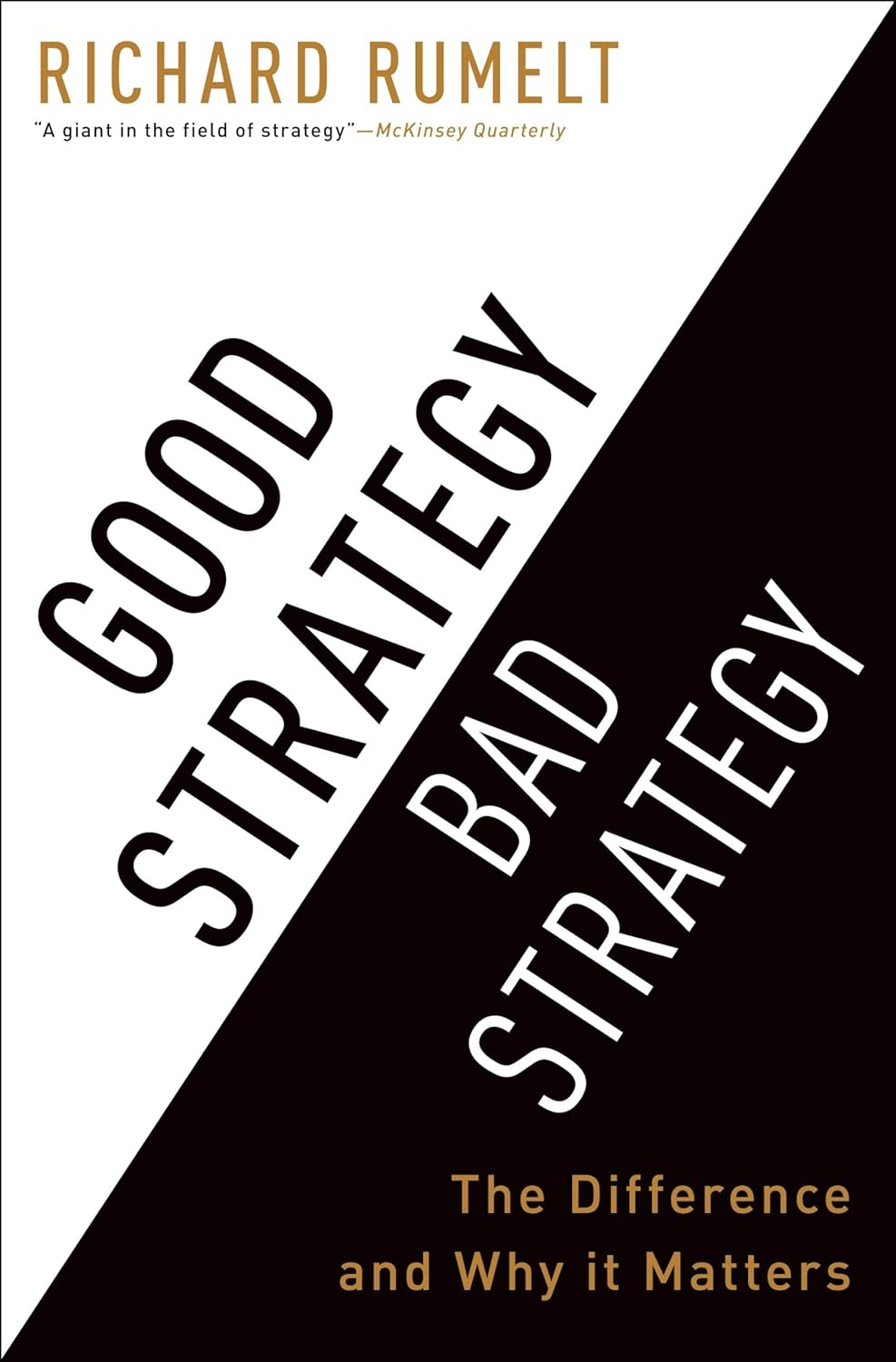This website helps find possible words for your next Wordle guess.
Step 1
Guess your first word in Wordle.
Step 2
Enter the word below and select the resulting box colors given in Wordle.
Step 3
Enter up to 10 more letters you know are NOT in today's word.
(the blue button below allows for easy transfer of grey letters from above before entering a new word).
Step 4
Click the red button to see possible words.
Repeat steps 1 to 4 as needed for subsequent guesses.
A Brief History of Wordle
Wordle, the simple yet addictive daily word game, was created by Welsh software engineer Josh Wardle. Initially developed as a personal project for his partner, who loves word games, the game's name is a play on his own last name. Wardle had created a similar prototype in 2013, but his friends were unimpressed, so he scrapped the idea. He revisited it in 2020 during the COVID-19 pandemic, and the game was publicly released in October 2021.
The game's popularity skyrocketed in late 2021 after Wardle introduced a feature that allowed players to share their results on social media in the form of a grid of green, yellow, and black squares. This emoji-based sharing format led to viral discussions and a massive surge in players. On January 31, 2022, The New York Times announced that it had acquired Wordle for a price in the "low seven figures." The acquisition was part of the company's strategy to grow its digital subscription base, aiming to reach 10 million subscribers by 2025. The game remains free to play on the New York Times Wordle website.
How to Play
The rules of Wordle are simple. Players have six attempts to guess a five-letter word. After each guess, the color of the tiles changes to provide feedback:
Green: The letter is correct and in the correct position.
Yellow: The letter is in the word but in the wrong position.
Gray: The letter is not in the word at all.
A new puzzle is released each day, and every player around the world is guessing the same word.
Winning Strategies
While luck plays a role, strategy can significantly improve your chances of solving the daily Wordle. Here are some popular tips:
Choose a strong starting word: Start with a word that contains common consonants and at least two different vowels. Words like "SLATE," "CRANE," and "TRACE" are considered strong choices by analysts.
Pay attention to letter frequency: The most common letters in English are E, A, R, I, O, T, N, and S. Using these in your initial guesses can help you quickly identify key letters.
Avoid reusing grayed-out letters: Once a letter is confirmed to not be in the word, don't use it in subsequent guesses. This may seem obvious, but it's a common mistake.
Consider letter placement: If a letter is yellow, you know it's in the word but in the wrong spot. Use this information to deduce its correct position in subsequent guesses.
The Best Initial Guess
The debate over the best starting word is a popular topic among Wordle enthusiasts. While many players have their personal favorites, data analysis has provided some insights. According to a New York Times analysis of 515 million Wordle games, the most popular starting word is ADIEU, followed by AUDIO. However, these vowel-heavy words are not the most efficient. The analysis found that players who started with SLATE needed, on average, a third of a turn less to solve the puzzle compared to those who started with ADIEU.
From a mathematical perspective, information theory can be used to determine the optimal starting word. Research has shown that words like SOARE (an obsolete term for a young hawk) and SLANE (a type of spade) are among the best choices for maximizing the information gained from the first guess. For a deeper dive into the mathematics of Wordle, you can read this article from Scientific American.
Wordle Statistics
The New York Times has released some fascinating statistics about Wordle gameplay:
In 2023, Wordle was played 4.8 billion times.
The average number of guesses per player varies by country, with Sweden having the best average at 3.72 attempts.
The hardest word to solve in the past year was JAZZY, which took an average of 5.82 turns.
About one in 250 players solve the puzzle on their first try, which is more frequent than can be explained by chance alone.
Other Interesting Content
The success of Wordle has led to the creation of numerous spin-offs and variations, including games for different languages (such as Le Mot in French), and even a physical board game version (Hasbro Wordle), and puzzle books (Wordle Challenge: 500 Puzzles to do anywhere, anytime).
The New York Times also introduced WordleBot, an online tool that analyzes your completed Wordle and provides feedback on your strategy. You can learn more about WordleBot in this New York Times article.





